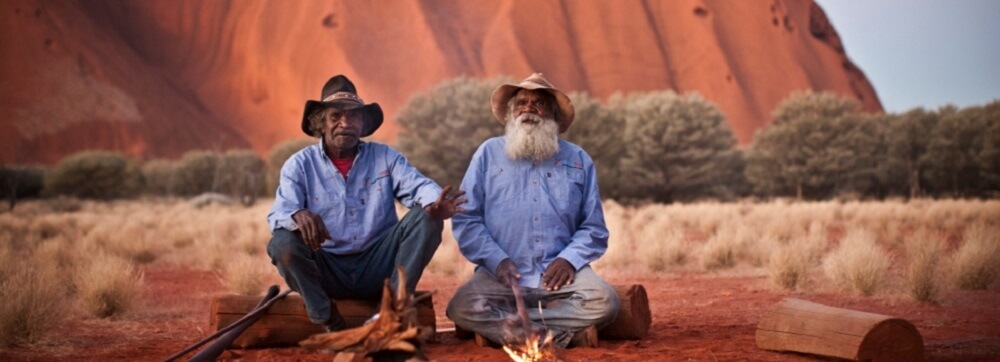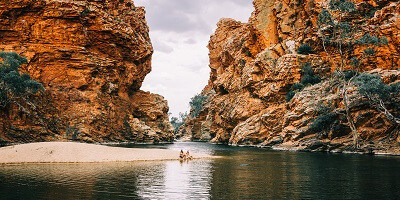
The Culture and Heritage of the Pitjantjatjara in Central Australia
Written by: Cameron Ward
Published: 08/18/2015
Reading time: 3 mins
The importance of central Australia to the local Indigenous communities cannot be denied. They hold significant importance to local Indigenous peoples.
The Pitjantjatjara people are an Aboriginal language group linked closely with the Yankunytjatjara and the Ngaanyatjarra people. Pitjantjatjara culture, spiritual beliefs and language have been passed from generation to generation since the beginning.
The Pitjantjatjara people identify themselves simply as Anangu, or “People.” They have been the custodians of the land for generations, and the land forms an inseparable part of their identity.
Anangu people had seasonal occupation of the land, using their intimate knowledge to both protect and live off the land. This is not to say they do not hold deep connection to land, but that they moved across land to ensure resources remained fruitful.
Tjukurpa
Anangu life revolves around the Tjukurpa, stories and beliefs that elders share to younger generations. Elders pass on these cultural stories and traditions to the initiated, ensuring the continuance of their language and culture. In traditional Anangu society, men and women have equal but distinct roles within the community. Each perform specific tasks to benefit the broader community. These roles are in the Tjukurpa and ensure a balance of work and internal community cooperation.
At one point in time, the Pitjantjatjara people lived across most of the Central Australian outback. Family and language groups stayed around major landmarks. Today the population of Anangu in these areas is approximately 4,000.
Small communities live across the land, they reflect complex societies and language and skin groups. Today the Anangu have a successful land agreement with the Aboriginal Traditional Owners. This recognises Anangu as the rightful owners of this land, and allows them to keep living, un-disrupted, on the land that they’ve claimed as their own for thousands of years.
The Pitjantjatjara people live mostly in the north-west South Australia, but communities live across the border and into the Northern Territory, too. Some can even be found settled amongst the desert scenery in Western Australia. For the Pitjantjatjara people, the land is such an important part of life and history, and the barren, sun-parched setting forms a huge part of their identity. Every area holds stories, ancestral beings and meaning for the Anangu.
Translating culture and beliefs
It is important to remember that Australian Aboriginal people have complex and diverse societies. Their cultures and beliefs do not always translate to English, and many of the Tjukurpa are sacred. Some Anangu people choose to share parts of their cultural traditions and beliefs with non-Indigenous visitors. It is essential, however, to respect culture and listen to what they have to say.
Uluru and Kaja Tjuta are important in Pitjantjatjara peoples culture. They hold spiritual and ceremonial significance, and act as resting spots for ancestral beings. In the past, the Anangu have faced conflict with colonial land authorities. Today, there are over forty sacred sites in the Central Australian desert that hold spiritual importance to Anangu. This includes a number of Tjurkurpa tracks which lead from the centre of the country all the way to the sea.
Related article: When is the best time to visit Uluru?










